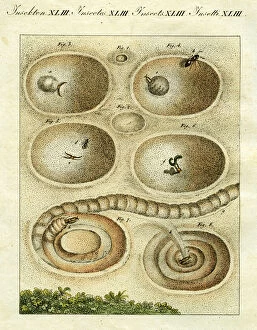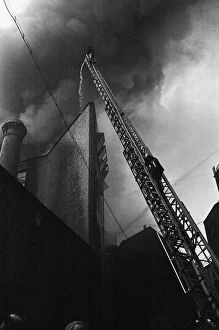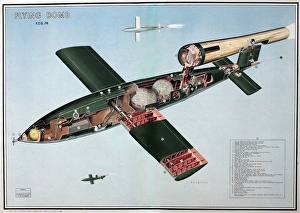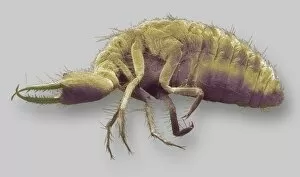Doodlebug Collection
During World War II, the term "doodlebug" was commonly used to refer to the V-1 flying bomb or cruise missile
All Professionally Made to Order for Quick Shipping
During World War II, the term "doodlebug" was commonly used to refer to the V-1 flying bomb or cruise missile. These deadly weapons were created by Gerhard Fieseler Werke GmbH and wreaked havoc during the war. The doodlebug, also known as Fi 103 or FZG 76, was a terrifying sight in the skies. It resembled a small airplane with wings and had an ominous buzzing sound that struck fear into the hearts of those who heard it approaching. Just like an antlion patiently waiting for its prey, these doodlebugs would fly over cities and release their destructive payload. The damage caused by their explosions was devastating, as seen in images of destroyed homes and buildings in London's Fetter Lane and Staple Inn. Despite the destruction they caused, brave individuals carried on amidst adversity. The Metcalf family continued their lives after their home was destroyed by one of these German bombs. Kentish Town residents surveyed the damage from windows that had lost their glass due to a nearby explosion. In response to these attacks, members of the LCC salvage squad and ARP tirelessly searched through rubble for survivors and victims. Firefighters and emergency workers fought bravely against fires ignited by doodlebug explosions at places like Brown Brothers on Great Eastern Street. While initially concentrated in southern England, even Northern England experienced its first flying bomb attack during this time period. This marked a significant shift in tactics employed by Germany during the war. The era captured in illustrations from 1790 seems worlds apart from scenes of devastation caused by doodlebugs just over a century later. However, both serve as reminders of humanity's resilience when faced with adversity – whether it be surviving an antlion's trap or rebuilding communities torn apart by war.
















